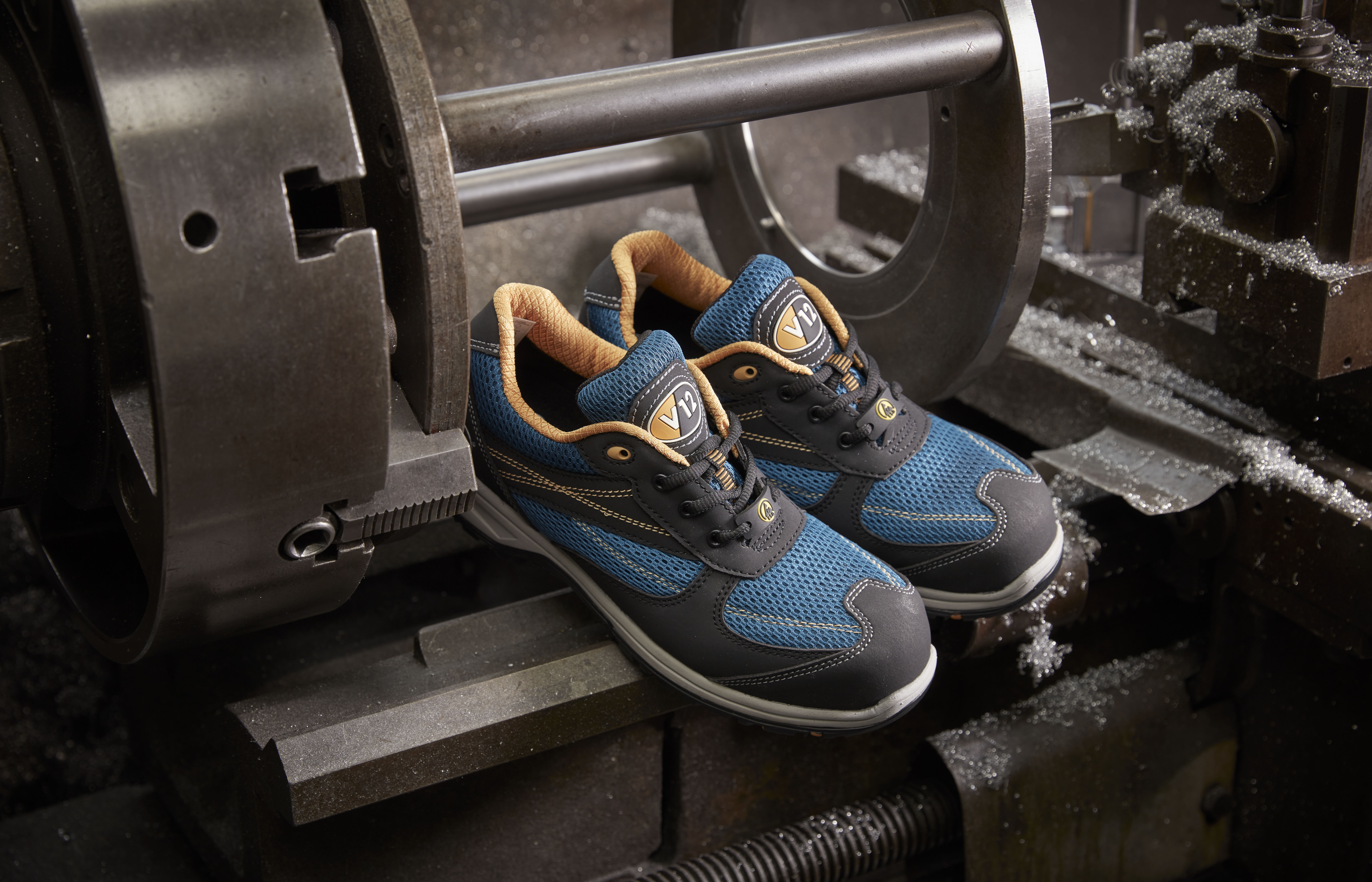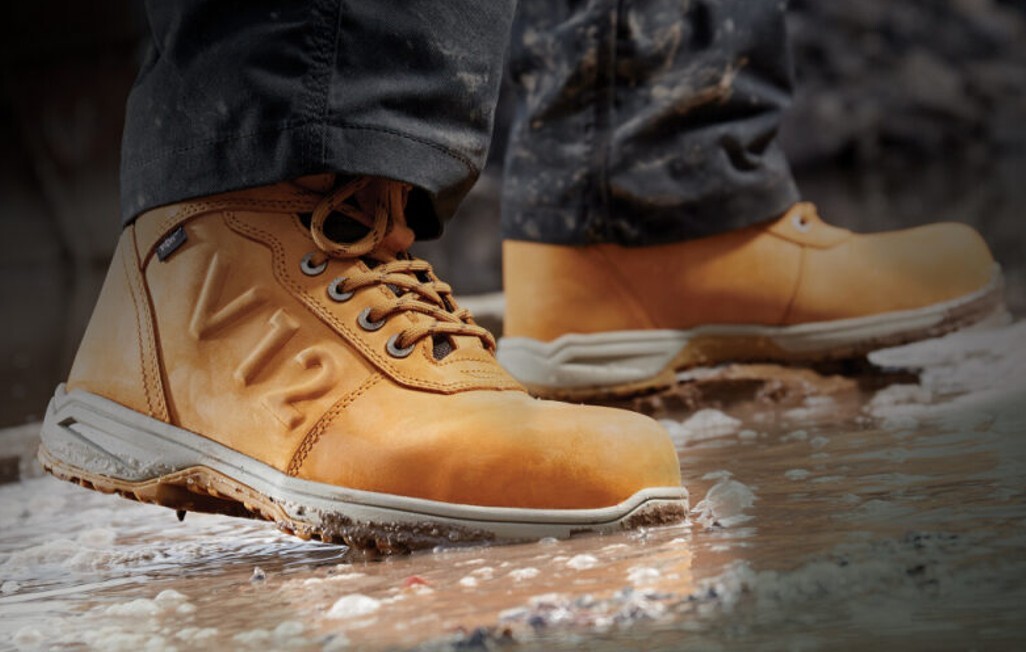As freezing and snowy conditions continue to hit the UK it is critical to be taking care of yourself and avoiding the dangers it presents. Many roles in construction, rail and agriculture involve continuing to work in these conditions outdoor.
There are three common dangers that people are faced when working in below zero temperatures. It is important to be able to identify them, know how to respond but most importantly what to do to avoid them:-
- Hypothermia
- Frost Bite
- Trench Foot
Hypothermia
- Normal body temperature (37°C) drops to 35°C or less
- Mild Symptoms: alert but shivering
- Moderate to Severe Symptoms: shivering stops; confusion; slurred speech; heart rate/breathing slow; loss of consciousness; death
Frostbite
- Body tissues freeze, e.g., hands and feet. Can occur at temperatures above freezing, due to wind chill. May result in amputation.
- Symptoms: numbness, reddened skin develops gray/ white patches, feels firm/hard, and may blister.
Trench foot
- Non-freezing injury to the foot, caused by lengthy exposure to wet and cold environment. Can occur at air temperature as high as 60°F, if feet are constantly wet.
- Symptoms: redness, swelling, numbness, and blisters.
What to do when a worker suffers from cold stress
For Hypothermia:
- Call 999 immediately in an emergency
- To prevent further heat loss:
- Move the worker to a warm place
- Change to dry clothes
- Cover the body (including the head and neck) with blankets, and with something to block the cold (e.g., tarp, garbage bag). Do not cover the face.
- If medical help is more than 30 minutes away:
- Give warm, sweetened drinks if alert (no alcohol).
- Apply heat packs to the armpits, sides of chest, neck, and groin. Call 999 for additional rewarming instructions
For Frostbite:
- Follow the recommendations “For Hypothermia"
- Do not rub the frostbitten area
- Avoid walking on frostbitten feet
- Do not apply snow/water. Do not break blisters
- Loosely cover and protect the area from contact
- Do not try to rewarm the area unless directed by medical personnel
For Trench Foot:
- Remove wet shoes/socks; air dry (in warm area); keep affected feet elevated and avoid walking. Get medical attention
How to protect yourself and others
- Know the symptoms; buddy system - monitor yourself and co-workers
- Drink warm sweetened fluids, plenty of liquids and avoid caffeine and alcohol. It is easy to become dehydrated in cold weather.
- Dress properly:
- Layers of loose-fitting, insulating clothes
- Insulated jacket, gloves, and a hat (waterproof, if necessary)
- Insulated and waterproof boots
Other risks associated with wet and cold weather
- Causes slippery surfaces
- Increases the risks associated with plant and equipment
- Makes excavations more unstable
- Becomes an important welfare issue for site operatives
Share this with a friend to help increase awareness and reduce cold stress casualties, sharing is caring!
Sources:-
https://www.osha.gov/Publications/OSHA3156.pdf
http://www.norbord.com/na/blog/how-to-avoid-cold-stress-on-the-jobsite




